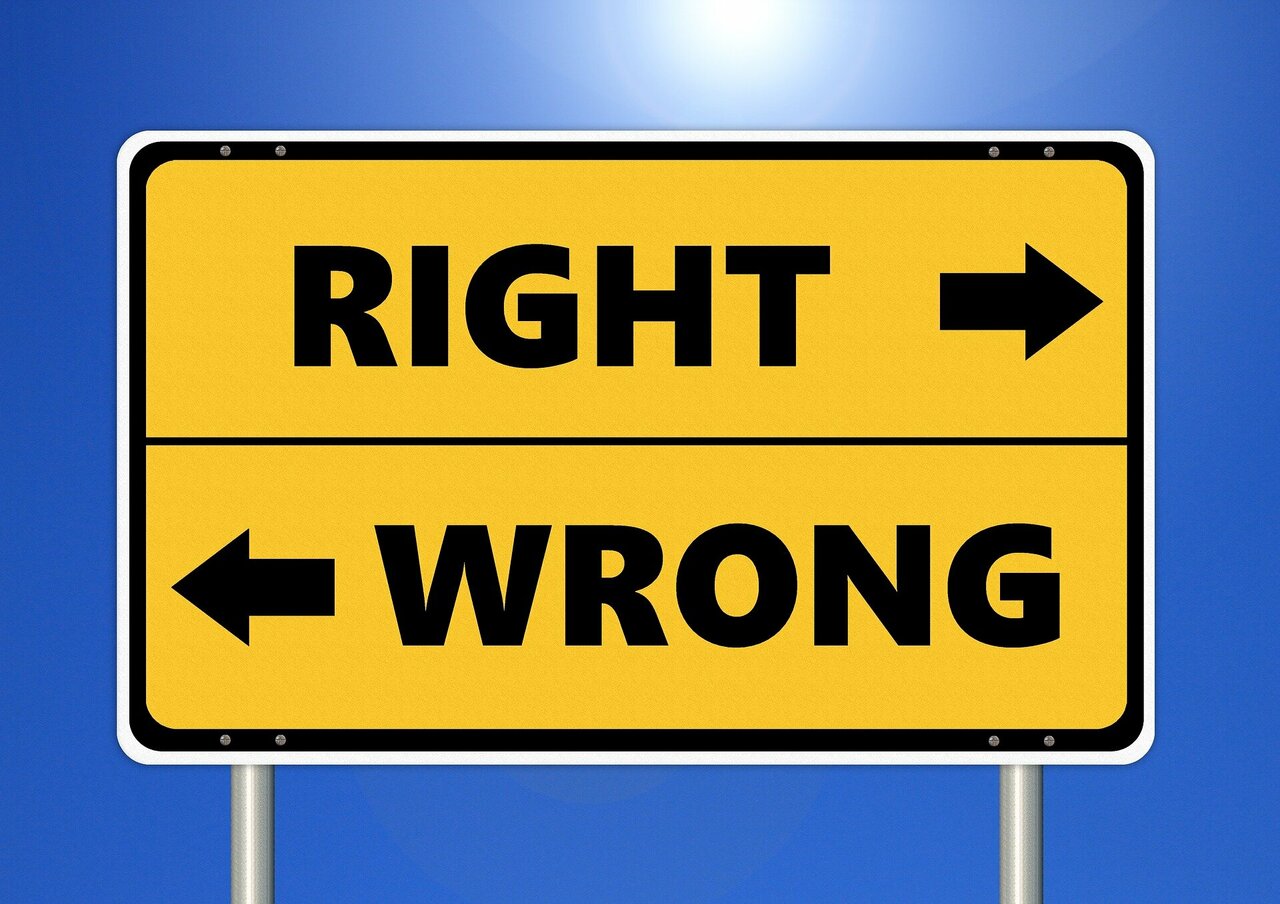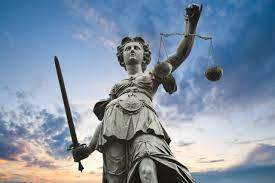LC3117 CLE WEEK 2-5 FINAL NOTES
1/29
Earn XP
Description and Tags
Ethics, Morals, Ethical Framework, Freedom, Human Rights, Open Justice, Code of Ethics, Privacy Rights, Personal Information, OECD Information Privacy Principles, National Privacy Principles, Models of IPP, Consent, Legal Protection of Privacy Interest, Privacy of Conversation, Breach of Confidence, Trespass
Name | Mastery | Learn | Test | Matching | Spaced |
|---|
No study sessions yet.
30 Terms

Ethics
Branch of moral philosophy which examines moral questions

Morals
What "WE” believe to be right or wrong.
Modes of conduct
Implies conformity to established sanctioned codes or accepted notions of right/wrong
Communication Laws
Practices relating to the policies & rules that govern the creation, regulation, use/exchange of information using technologies
Ethical Framework / Moral Standards
Set of codes that an individual uses to guide their behaviour
How people make decisions to distinguish right/wrong in their interactions with the world
Ethical reasoning = main reason for decision-making
Types of Normative-Prescriptive Ethics (TCD)
Teleological (promotes well-being based on natural law)
Consequentialism (judged by ends/outcomes of actions)
Deontological (emphasises duties, rules, & principles)
Freedom & Its Morality
The right & ability of people to decide their own actions in a community, allowing for the full development of human potential
The power/right to act, speak, or think freely
It is a basic human right
4 TYPES OF FREEDOM (SFWW)
Freedom of Speech/Expression
Freedom from Fear
Freedom from Worship
Freedom from Wants
5 SPECIFIC TYPES OF FREEDOM (2P 2S N)
Physical Freedom
Political Freedom
Spiritual Freedom
State Freedom
National Freedom
CONCEPTS OF FREEDOM
Not absolute, must balance with societal duties
Basic rights have limits due to public order, national security, moral values, & respecting others
Only freedom of thought, conscience, & opinion have minimal restrictions
HUMAN RIGHTS
Essential value for a person’s protection, well-being, & development
Universal to ALL humans
Basic rights & freedoms that people are entitled to
Right to life
Freedom from slavery & torture
Freedom of opinion & expression
Right to work & education
FREEDOM OF SPEECH & LIMITATIONS
Must be balanced with other rights & community interests
Limitations include:
Right to hold opinions without interference
Right to freedom of expression (to seek, receive, & impart information)

PRINCIPLE OF OPEN JUSTICE (OJ)
Justice should be visible & evident in its application to result in fair outcomes
Legal proceedings & administration of justice should be transparent, accessible & visible to the public to ensure accountability, fairness, & public trust in the legal system
Everyone treated equally
Everyone entitled to a fair & public hearing
Hearing conducted by a competent, independent & impartial tribunal
Hearing open to the public & press (except in certain circumstances)
PRACTICES OF OPEN JUSTICE
Courts follow natural justice rules for fairness
Courts explain their decisions & prevent process abuse
Courts maintain public confidence & consider public interest when enforcing the law
7 OPEN JUSTICE DIMENSIONS
Equal Treatment Before the Law
Open Court Proceedings
Public Reporting of Court Proceedings
Rules of Natural Justice
Right to Legal Representation
Presumption of Innocence
Judicial Independence
PURPOSE OF OPEN JUSTICE
Public Accountability
Fair & Accurate Reporting
Public Review of Evidence
CODE OF ETHICS
A set of guidelines in professional societies & organisations (e.g. universities & corporations)
It outlines the rights, duties, & responsibilities of members
Guides ethical decision-making
CODE OF ETHICS IN PROFESSIONAL COMMUNICATION
Accurate Communication
Principles Support
Cultural Sensitivity
Ethical Conduct
Legal Compliance
Credibility & Dignity
Confidentiality
Conflict of Interest
Honesty & Truth-Seeking
Gifts & Payments
Result Guarantees
Attribution of Sources
COE: ADVERTISING & MARKETING
Ads should tell the truth, reveal significant facts, and avoid misleading or deceiving the public
No Puffery (exaggerated claims)
COE: ENTERTAINMENT
Truth may be immaterial in fictional content
Not held to the same ethical standards as other communication professionals
Avoid stereotyping & displaying sexual or violent content
COE: PUBLIC RELATIONS
Foster trust in marketing system & embrace ethical values like honesty, responsibility, fairness, respect, transparency & citizenship
Don’t give or receive bribery (luxury gifts or money)
Must protect privacy rights of clients
COE: JOURNALISM
Information Accuracy
Image Manipulation
Fair Reporting
Source Identification
Misrepresentation
PRIVACY
Right of being alone & free from public attention/observation, or disturbances from other people
Governs privacy of personal information, communication, behaviour, & as a person
Protected by many laws, difficult for companies to collect personal information
PERSONAL INFORMATION
Any information/opinion, whether true or false, recorded or unrecorded, about a person whose identity is clear or can be reasonably figured out from that information/opinion
The Privacy Act provides guidelines on how personal information should be handled
OECD: 7 INFORMATION PRIVACY PRINCIPLES
Manner & Purpose of Collection
Collecting Information Directly from Individual
Collecting Information Generally
Storage & Security
Access & Amendment
Information Use
Disclosure
NATIONAL PRIVACY PRINCIPLES’ PURPOSE
Right to Know: Individuals have the right to know or correct inaccurate information held by non-government entities
Reasonable Notification: Orgs must inform individuals about the collection, purpose, & potential sharing of their personal information
Restrictions: Specify orgs limits on how they can use, disclose, or transfer information
9 NATIONAL PRIVACY PRINCIPLES
Collection
Use & Disclosure
Information Quality & Security
Openness
Access & Correction
Identities
Anonymity
Transborder Data Flows
Sensitive Information
4 MODELS OF INFORMATION PRIVACY PROTECTION (CSSV)
Comprehensive Laws: Laws governing the collection, use, & dissemination of personal information
Sectoral Laws: Laws governing specific sectoral interests complementing comprehensive laws (e.g financial privacy)
Self-Regulation: Orgs implement codes of practice, engaging in self-policing
Voluntary, Technology-Based: Commercially available programs & systems to help protect individual privacy (e.g. encryptions, proxy servers, etc)
LEGAL INVASIONS OF PRIVACY
Voluntary consent to share private information
Information widely available in public domain
For law enforcement & investigation purposes
4 ISSUES TO CONSIDER WHEN INTRUSION CAN BE OFFENSIVE
Consent status
Public Interest
Potential Harm
Balance of Disclosures
LEGAL PROTECTION OF PRIVACY INTEREST
To Protect:
Privacy of Conversation
Laws governing interception, access, & surveillance of real-time communication (e.g. phone hacking)
Breach of Confidence
Laws protecting privacy for confidential conversations & dealings based on ‘duty of confidence’
Confidence can be breached by: (1) crimes & fraud, (2) iniquity or misdeed to protect public safety, (3) when public safety outweighs confidentiality
Trespass
Laws recognising the right of property owners to refuse entry
Trespass occurs when entering without consent, remaining after permission is withdrawn, or placing objects on other’s property without consent